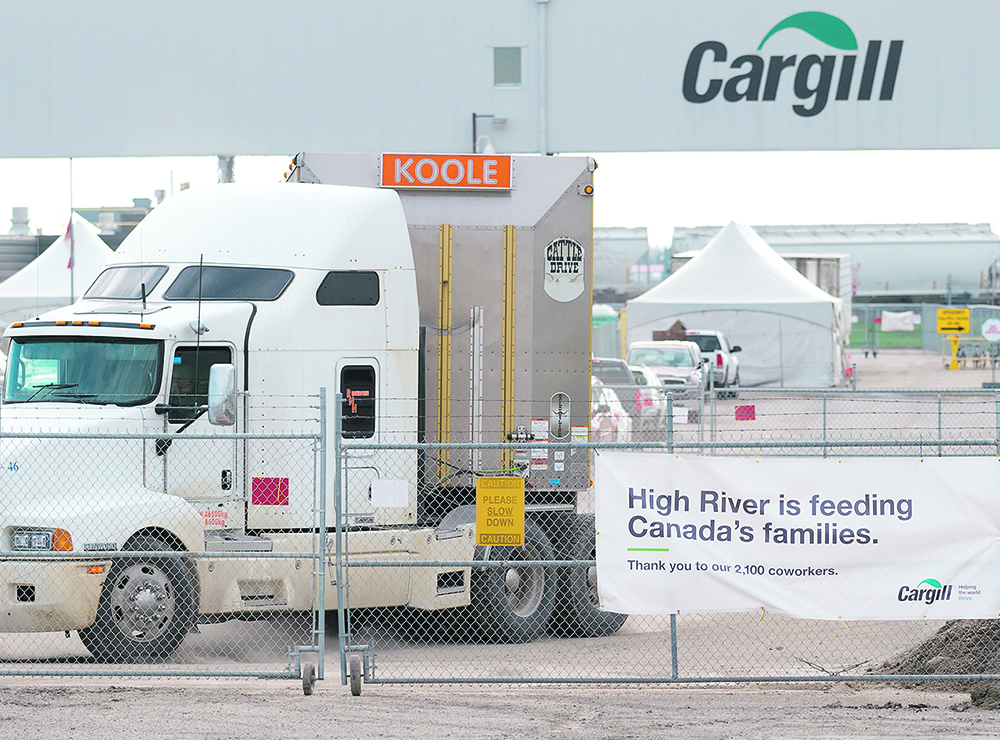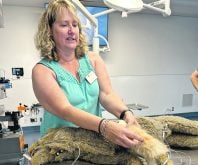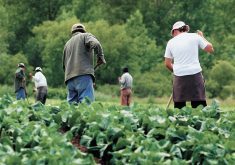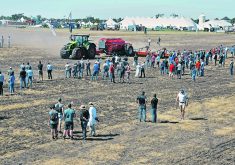For a while, problems at North American meatpacking plants were front page news.
As infections afflicted thousands of workers at numerous major facilities, including Canada’s two biggest beef processors, the outlook appeared dire.
Could they keep operating? Could plants that had been shut down be brought back into production? Would new health protocols and supply chain complications prevent plants from operating at anywhere near pre-pandemic capacity?
Months on, perhaps at the halfway point of the pandemic, meatpackers are rarely making the news, even though there’s big news in the sector.
Read Also

Farming Smarter receives financial boost from Alberta government for potato research
Farming Smarter near Lethbridge got a boost to its research equipment, thanks to the Alberta government’s increase in funding for research associations.
But it’s not the kind of news that causes fear and panic.
“While COVID cases have increased sharply in many of the counties where packing plants are located, packing plants have managed to maintain the slaughter pace at levels near, and sometimes above, year-ago levels,” said the CME Group’s Daily Livestock Report on Nov. 30.
“Combined with higher carcass weights, this has meant the supply of beef and pork coming to market is higher than at the same time a year ago.”
Many reasonable observers and analysts expected the industry to suffer far worse impacts. One of those was Kevin Grier, an analyst who has closely followed Canada’s slaughter sector for decades.
“For both Canada and the United States, I was pleasantly surprised how rapidly they got back to production in the third quarter,” said Grier, who writes Canadian market reports for all the major livestock and meat industries, including the Canadian Cattle Market Report.
Cargill’s High River plant underwent a complete shutdown in April as infections among its workers and the town forced dramatic action. The JBS plant in Brooks, Alta., also faced widespread infection among its workers and the local community but managed to stumble along with reduced production.
However, both soon returned to close-to-normal production, following aggressive action by packing companies that interrupted or temporarily shut down facilities while they installed separators and safety equipment, including measures to keep workers separated and enable social distancing.
“You have to be impressed by what they have done,” said Grier.
The ability of the beef slaughter industry to maintain production has been a godsend to farmers. While feedlots faced the worst and most immediate impact from slaughter plant slowdowns and closures, cattle producers faced an autumn nightmare for calves as animals backed up.
However, by late fall the North American industry appeared to have adjusted.


















